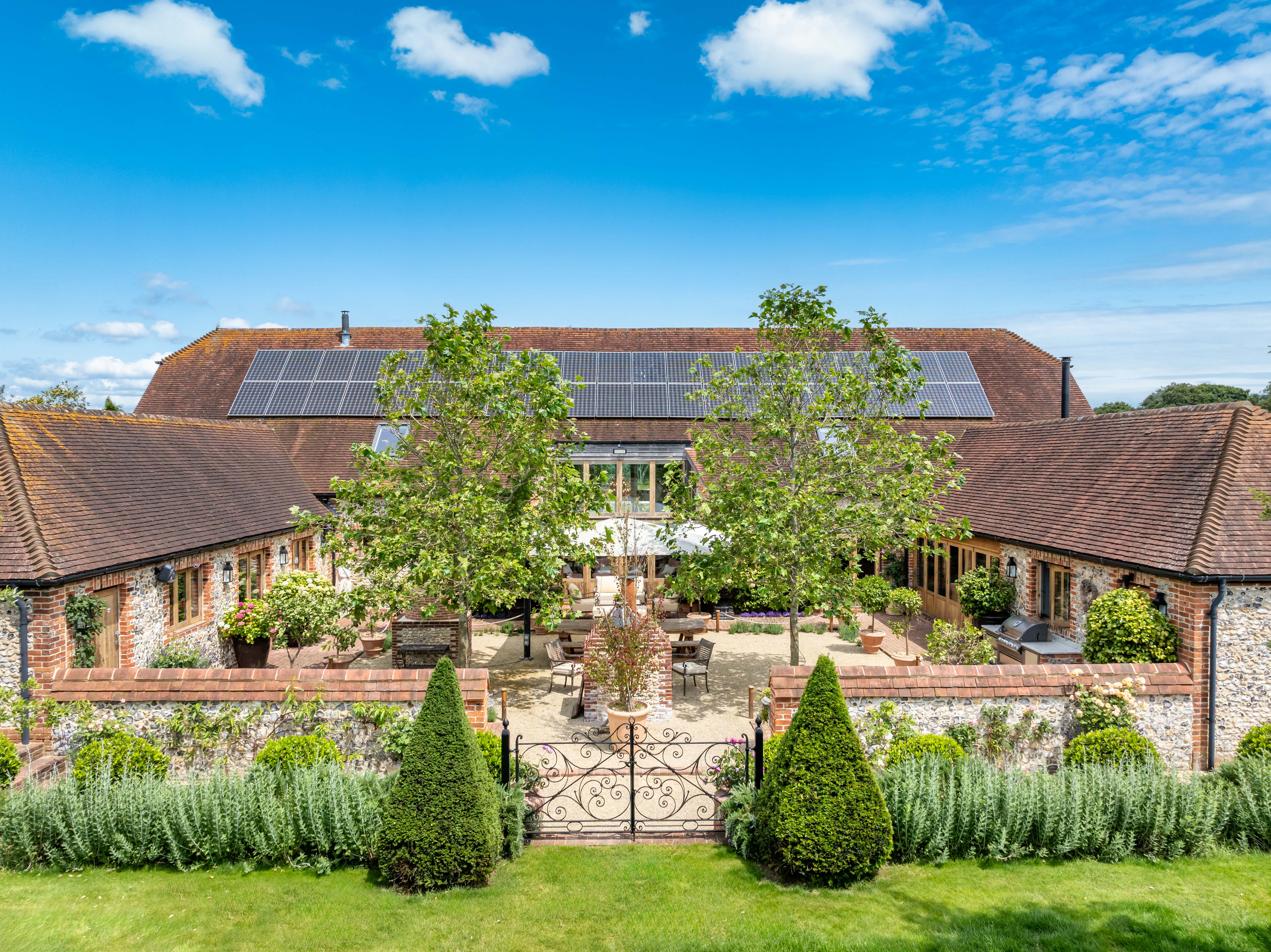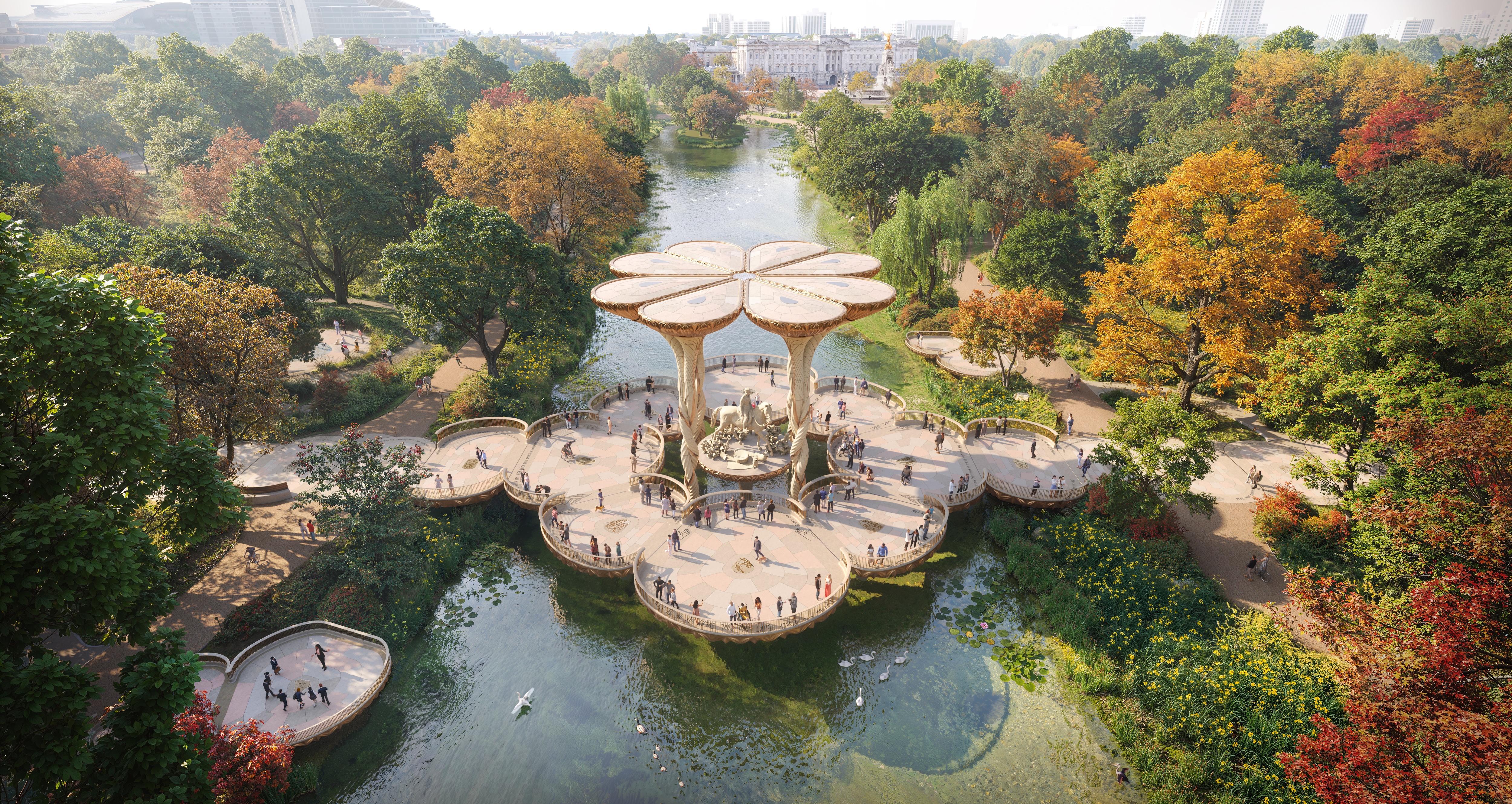Llwyn Celyn: One of the most important medieval homes in Britain — yet one where, wonderfully, you can book family holiday
Llwyn Celyn, one of the most important medieval houses in Wales, has been recently restored and dated for the first time, and is even accepting paying guests. Edward Impey addresses the intriguing questions of its purpose and its builder’s identity. Photographs by Paul Highnam for Country Life.
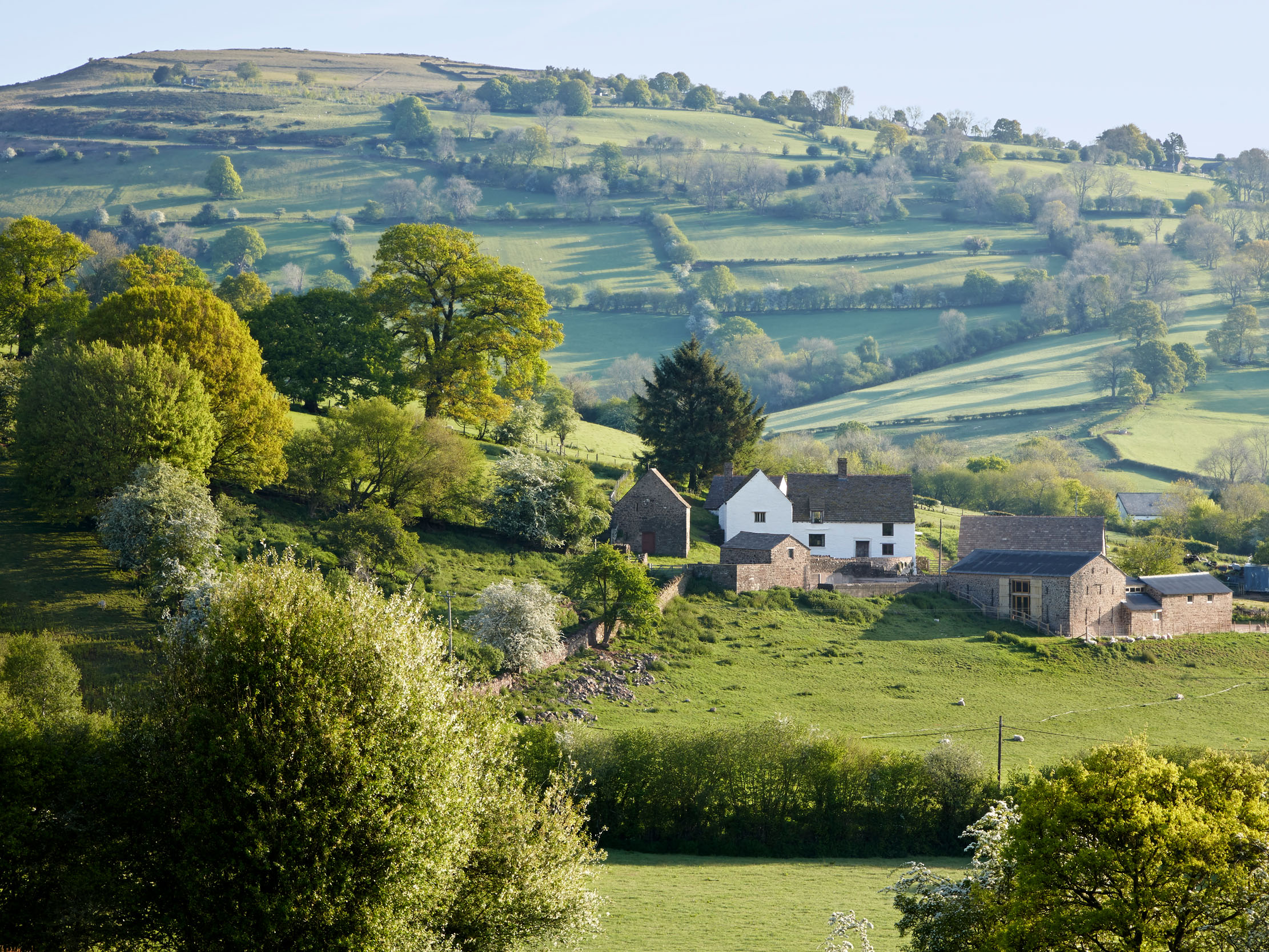

Overlooking the narrow road winding northwards up the Vale of Ewyas, and now startlingly whitewashed, is Llywn Celyn, one of the most intriguing medieval houses in Wales. In 2014, it was bought by the Landmark Trust and rescued from dereliction, before being opened last year as its 200th property by The Prince of Wales. This is true living history: the house is open to the public on various dates during the year, and you can even book a family holiday here, with eight of you sleeping beneath centuries-old beams.
The importance of the house, the name of which means Holly Grove in English, was first noticed in the 1940s, but, thanks to intensive study during conservation, its original form and later development are now much better understood. Most importantly, thanks to an advanced form of tree-ring or dendrochronological dating, it can be firmly ascribed to 1420, about 60 years earlier than previously thought. Important questions, however, remain to be addressed — not least, who built Llwyn Celyn and what for.
Structurally, the house consists of a stone shell with timber walls inside, a common medieval arrangement that saved cost and space. In plan, now as when built, Llywn Celyn has three main parts, the central and largest of which was the hall, originally taking up the whole height of the building from floor to rafters. At the west end of the hall, and projecting southwards from its entrance front, is a two-storey cross-range. At the opposite end is another two-storey range, the same width as the hall.
This basic three-part plan was widely used in rural houses of above peasant status in England from about 1300 and in the borders of Wales from at least about 1400. Llwyn Celyn, however, is the earliest Welsh example to survive intact and its design and construction are closer to the 14th- and 15th-century houses of Shropshire and Herefordshire than anything of its date on this side of the border. As such, it was a building of architectural pretension, an important factor when we come to consider its origins.
The only major alterations it has undergone since its construction took place in 1695 (again, dated by dendrochronology), with the insertion of a first floor across the hall, a chimneystack at the east end, an internal staircase and the addition of the existing kitchen to the north. Similar changes were routinely made to houses of this type after the Middle Ages, although, at Llwyn Celyn, in striking contrast to the precocity of its original design, they are remarkably late.
The Landmark Trust’s policy to restore the building to its approximate late-17th-century form means that the fabric and many details of both main periods are easily seen and understood. The main entrance, as in 1420, opens into a screens passage leading across the building to the kitchen, then probably a separate structure. To the left, a broad opening between massive timber uprights — termed a spere truss — led into the body of the hall; the uprights remain, but the opening is blocked by the later chimneystack.
To the right of the screens passage are the doorways of the two original service rooms, in English normally called the pantry and buttery, from the French paneterie and bouteillerie, in which food and drink were stored and prepared for serving; in medieval Welsh, from the English, they are termed the pantri and bwtry. Both doors have elegant ogee lintels and spandrels decorated with blind teardrops of tracery cut in deep, crisp and confident relief into the solid oak — an expensive refinement that proclaims the builder’s means, position, or pretensions.
Sign up for the Country Life Newsletter
Exquisite houses, the beauty of Nature, and how to get the most from your life, straight to your inbox.
The hall’s chief medieval glory, its roof, ideally needs to be appreciated in the room above, the interior having been divided by the insertion of a floor in the 17th-century. The roof comprises two massive, arch-braced roof trusses, carrying horizontal purlins linked by two tiers of broad, curved wind braces. The timbers are deeply stained by the smoke from the hearth, which was originally in the middle of the floor below; the smoke eventually escaped through an opening on the roof ridge.
Traces can also be spotted, downstairs, of a wooden canopy that ran across the wall at the ‘high’ end of the hall (opposite the screens passage), rather like the coved superstructure of many rood screens. Under this, the owner and favoured guests and family could sit at the high table, looking over the body of the hall. There must also have been windows, probably on both sides.
Behind the high table is a third medieval doorway, also ogee-headed, but with a shield or escutcheon in each spandrel. There are no traces of coats-of-arms — alas, as they would have been very informative.The doorway opened into a more private reception room, typically known in the Middle Ages as the parlour, and, above it, were two chambers or bedrooms, reached from the hall by a stair in the outside corner between the hall and the cross-wing.
No signs of this are left outside, but the stone-jambed doorway to the hall was discovered in 2017 and remains exposed. Similar arrangements are found in many medieval houses, and an interesting parallel of about 1450 existed nearby at Hendy in Llantilio Crosseny parish until the 1960s.
Although a few minor puzzles remain, the structural story of Llwyn Celyn is clear. A good deal is also known about its occupants and uses after about 1550, but, for its first 130 years, the evidence is frustratingly poor. In general terms, however, we know its history is bound up with that of Llanthony Priory, five miles upstream.
This monastery was originally founded by Walter de Lacy, Lord of Ewyas, son of a Norman knight, who endowed it with (or at least what became) the manor of Cwmyoy, in which Llwyn Celyn stands. In the early 12th century, Lacy’s foundation was re-established as a Priory of Augustinian or Black Canons, although, in the 1130s, they were driven out by the Welsh and retreated to a hastily created subsidiary priory at Gloucester, later known as Llanthony Secunda.
The buildings at the Welsh site (now Llanthony Prima) were replaced in about 1180–1230, but sacked by Owen Glendower in 1404 and never fully rebuilt. As Secunda was then in better shape than Prima, the hierarchy was reversed in 1481 — Gloucester becoming the more important. The end came, of course, with the Dissolution: on March 10, 1538, Llanthony Secunda’s property was surrendered to the Crown. The canons dispersed, and most of the buildings were unroofed and part-demolished.
Its property, including Cwmyoy, was sold to Sir Nicholas Arnold, a royal official, in 1547, his main successors being the Harleys, later Earls of Oxford and the poet Walter Savage Landor, from whose descendants Llwyn Celyn was bought in 1958 by its tenants, Tom and Olive Powell.
We know, therefore, that Llwyn Celyn was built on Llanthony’s land and at a time when the local economy was still in ruins, that it was of an advanced, English-derived design, and intended, so the escutcheons suggest, for a man or institution either armigerous or ambitious to become so.
As for who he was, an obvious answer might be that he was the lord of the manor and this was the manor-house of Cwmyoy, where its business was carried out, its courts held and he sometimes lived. However, as, in this case, the lord was the prior, all this took place at the priory, partly, at least from the 14th century, in the room over the precinct gatehouse.
Was Llwyn Celyn then the creation of a tenant? Certainly, by 1420, most monasteries were ‘farming’ or letting much of their lands for a fixed annual rent, but Cwmyoy, ‘in hand’ in 1402–03, 1513 and 1535, was probably not among them. Moreover, the £30–£40 or so which the house would have cost was more than twice the clear revenue of manor even in the prosperous 1530s, and far more than it could have produced in the 1420s. A tenant would, therefore, have needed resources from elsewhere, and although this might tally with Llwyn Celyn’s affinities to English buildings, why a tenant would have made such an investment in this marginal area and at such an unpromising time would be hard to explain.
Another possibility is that the house was built by or for a lay steward, a salaried official frequently appointed to manage monastic estates, sometimes at the king’s or a bishop’s insistence; Llanthony Prima certainly employed one in 1284 and from 1481 to 1538. Such men, often lawyers, could be prominent and rich in their own right, and one of them could have built Llwyn Celyn as a fitting base for conducting the priory’s business.
A third possible answer derives from the increasing financial, domestic and personal isolation of the heads of religious houses from their communities from the late 12th century onwards. This led them to build elaborate and private lodgings in their monasteries’ precincts, but also — less well known — quite separate houses on their local estates, where they could enjoy a relaxed, quasi-secular lifestyle, conducting business, hunting, entertaining and following scholarly and spiritual pursuits if so inclined.
By about 1400, the richest monasteries had several — the Priors of Durham and the Abbots of Glastonbury nine or 10 each, and almost all those with more than £100 a year had at least one. The remains of many survive, such as Glastonbury’s palatial complex at Meare, Somerset; Durham’s at Beaurepaire, now Bearpark, Co Durham; and Pershore’s handsome Abbots Grange at Broadway, Gloucestershire (Country Life, September 18); others, such as Abingdon’s at Cumnor, Oxfordshire, are known from records, but all took the form of substantial and unashamedly secular-looking houses. Llanthony Secunda, at least, was no exception, with its cosy Gloucestershire refuges at Great Barrington, Brockworth and Quedgeley, where, in the case of the latter two, its buildings still partly stand.
How or why the prior of the bankrupt Llanthony Prima might have built such a place is at first sight hard to imagine, unless, as is perfectly possible (although envisaging future recreational use), the immediate need was for a base from which to supervise the priory’s rehabilitation. In a variation of the theme — as it is not clear that there was a prior here in 1420 — it could have been built by the prior of Llanthony Secunda, John Wyche (in office 1409–36), for the same purposes. A flaw to this might be that, however secular-looking their houses, monks and canons had to hear mass daily, requiring a chapel, and there are no records or remains of one attached or adjacent to the house.
However, as all Augustinian canons were ordained, the prior could have performed the ceremony himself in a chamber of the house with a portable altar, a common item of clerical baggage. Alternatively, he could, on occasion at least, have used the chapel that partially survives about 400 yards away at Stanton Farm, also on Llanthony’s property.
On balance, an ultimately recreational function does seem the most likely — and is certainly the most attractive answer. All the more fitting, then, that Llywn Celyn is once more a place for relaxation, surprising and delighting its visitors and igniting an enthusiasm for medieval architecture.
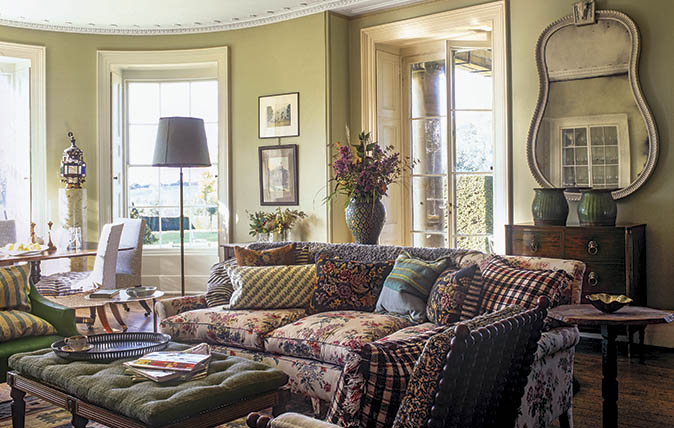
The designer’s drawing room: ‘When you mix things together, each piece has to have integrity’
Antique dealer Christopher Howe evokes a classic English drawing room.
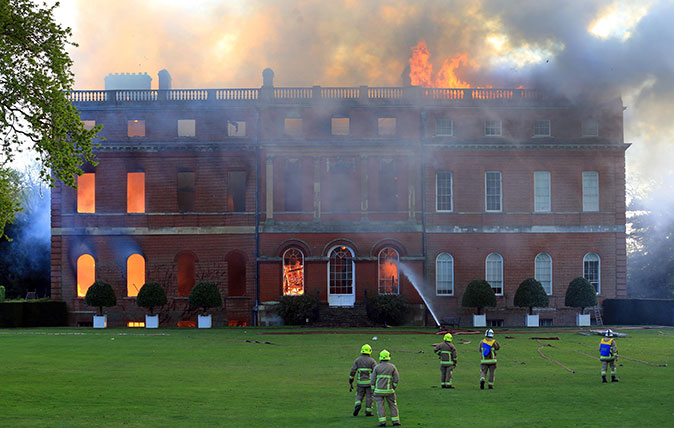
What next for Clandon Park? Time to breathe life back into this great house
Simon Jenkins, former chairman of the National Trust, considers the next steps for Clandon Park in Surrey, two years after
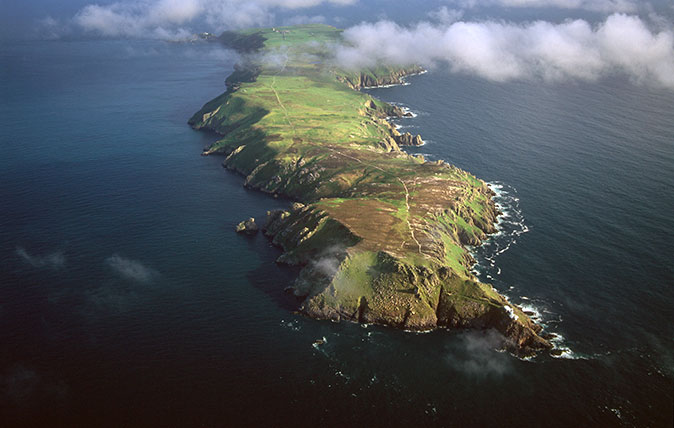
Credit: robertharding / Alamy Stock Photo
Lundy Island: The joys of a good walk, inspiring beauty and no phone signal
Fiona Reynolds was left refreshed and exhilarated after a trip to Lundy Island.
Country Life is unlike any other magazine: the only glossy weekly on the newsstand and the only magazine that has been guest-edited by HRH The King not once, but twice. It is a celebration of modern rural life and all its diverse joys and pleasures — that was first published in Queen Victoria's Diamond Jubilee year. Our eclectic mixture of witty and informative content — from the most up-to-date property news and commentary and a coveted glimpse inside some of the UK's best houses and gardens, to gardening, the arts and interior design, written by experts in their field — still cannot be found in print or online, anywhere else.
